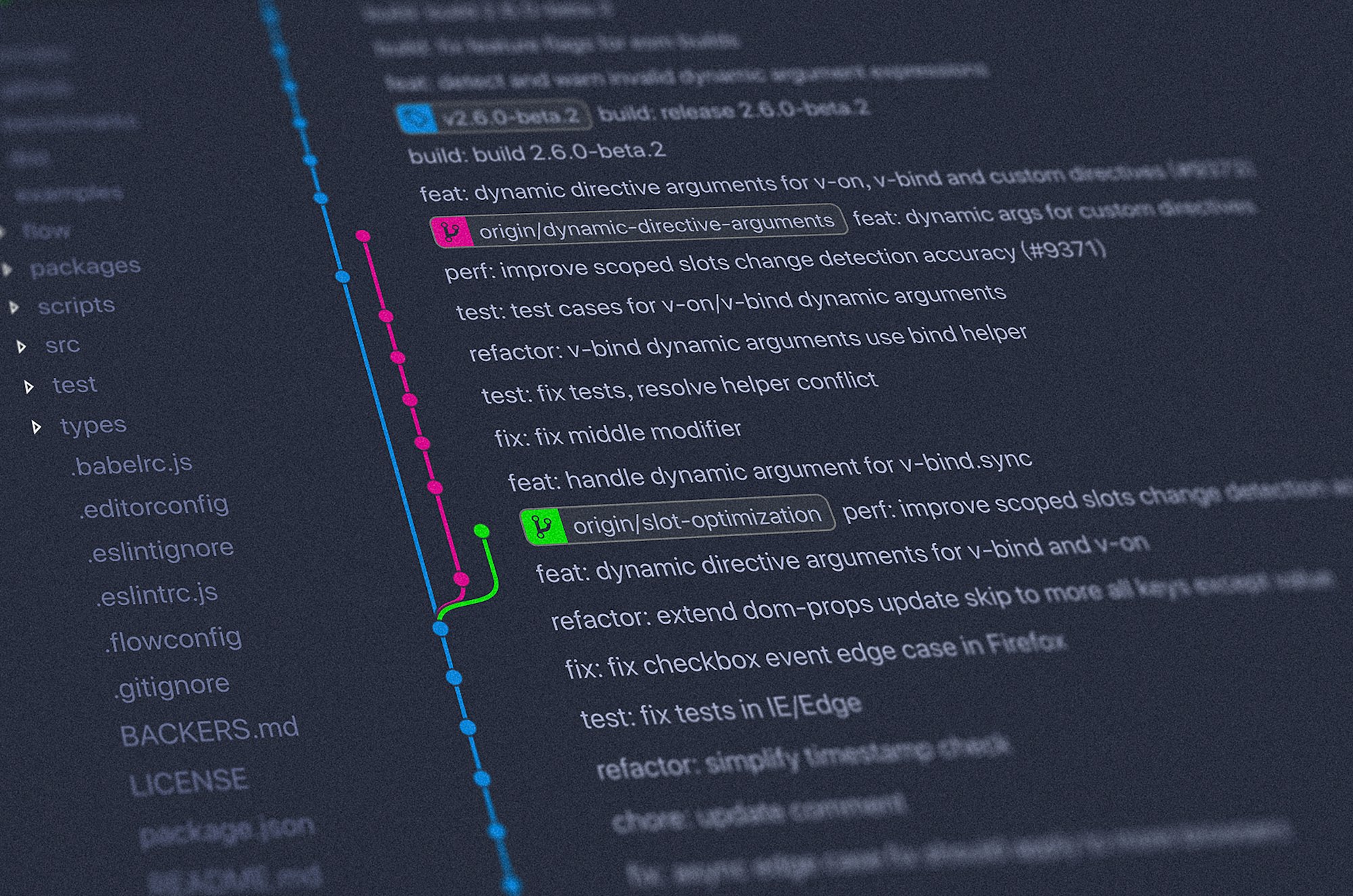The technology world is brimming with terminologies that often overlap, making it confusing for beginners and even professionals to differentiate. Two such terms that have garnered much attention lately are DevOps and GitOps. But are they so different, or do they share some similarities? And most importantly, what does the future hold for these methodologies? Let's dive in.
What is DevOps?
DevOps, a portmanteau of Development and Operations, signifies a cultural shift that emphasizes collaboration between developers (Dev) and IT operations (Ops). The primary goal of DevOps is to shorten the software system development life cycle while delivering features, fixes, and updates frequently in close alignment with business objectives.
Key DevOps Principles:
- Infrastructure as Code (IaC): Use code to manage configurations, infrastructure, and deployments.
- Continuous Integration and Continuous Delivery (CI/CD): Automate the building, testing, and deployment of applications.
- Collaboration: Foster open communication between development and operations teams.
What is GitOps?
GitOps is a subset of DevOps. It emphasizes the use of Git as a single source of truth for declarative infrastructure and applications. With GitOps, any change in infrastructure or application can be made by a simple git commit, followed by a pull request. Once approved and merged, automated processes apply the changes to the respective environment.
Key GitOps Principles:
- Declarative Configuration: Describe the entire system in code stored in Git repositories.
- Automated Delivery: Use tools to automatically ensure the system matches the declared configuration.
- Version Control: Git acts as the source of truth for both application code and infrastructure.
GitOps vs DevOps: Major Differences
Scope:
- DevOps encompasses a broader methodology that covers the entire software development lifecycle.
- GitOps focuses specifically on leveraging Git for CI/CD and infrastructure management.
Tooling:
- DevOps relies on a variety of tools like Jenkins, Docker, and Kubernetes.
- GitOps primarily leverages Git in combination with Kubernetes operators like ArgoCD and Flux.
Change Mechanism:
- In DevOps, changes are typically pushed to environments.
- With GitOps, environments pull their configuration from Git, ensuring that the environment is always in sync with the repository.
The Future of DevOps: Is GitOps the Next Evolutionary Step?
GitOps certainly has its merits. Its pull-based approach, coupled with the widespread adoption of Kubernetes, has positioned GitOps as a promising model for modern cloud-native environments. However, it's not a replacement for DevOps; rather, it complements it.
Here's why GitOps might be seen as the future of DevOps:
- Improved Auditability: Since all changes are made through pull requests, there's a clear audit trail.
- Enhanced Developer Productivity: Developers work with Git daily. Using the same mechanism for operations simplifies processes.
- Automatic Reconciliation: If the live environment drifts from the desired state, GitOps tools can automatically bring it back to the defined state.
However, this doesn't mean every organization should jump on the GitOps bandwagon. It’s important to evaluate the organization's needs, team familiarity with tools, and the existing infrastructure before making a shift.
Wrapping Up
DevOps, with its emphasis on collaboration and automation, has significantly transformed the software development lifecycle. GitOps, a more recent entrant, focuses on harnessing the power of Git for operations. While they differ in their approaches, the underlying goal remains the same: deliver software more efficiently and reliably.
As for the future, it's more likely that GitOps will become a crucial part of the broader DevOps strategy rather than replacing it. As always, the choice between DevOps and GitOps should be dictated by the unique needs and context of the organization, rather than trends.
